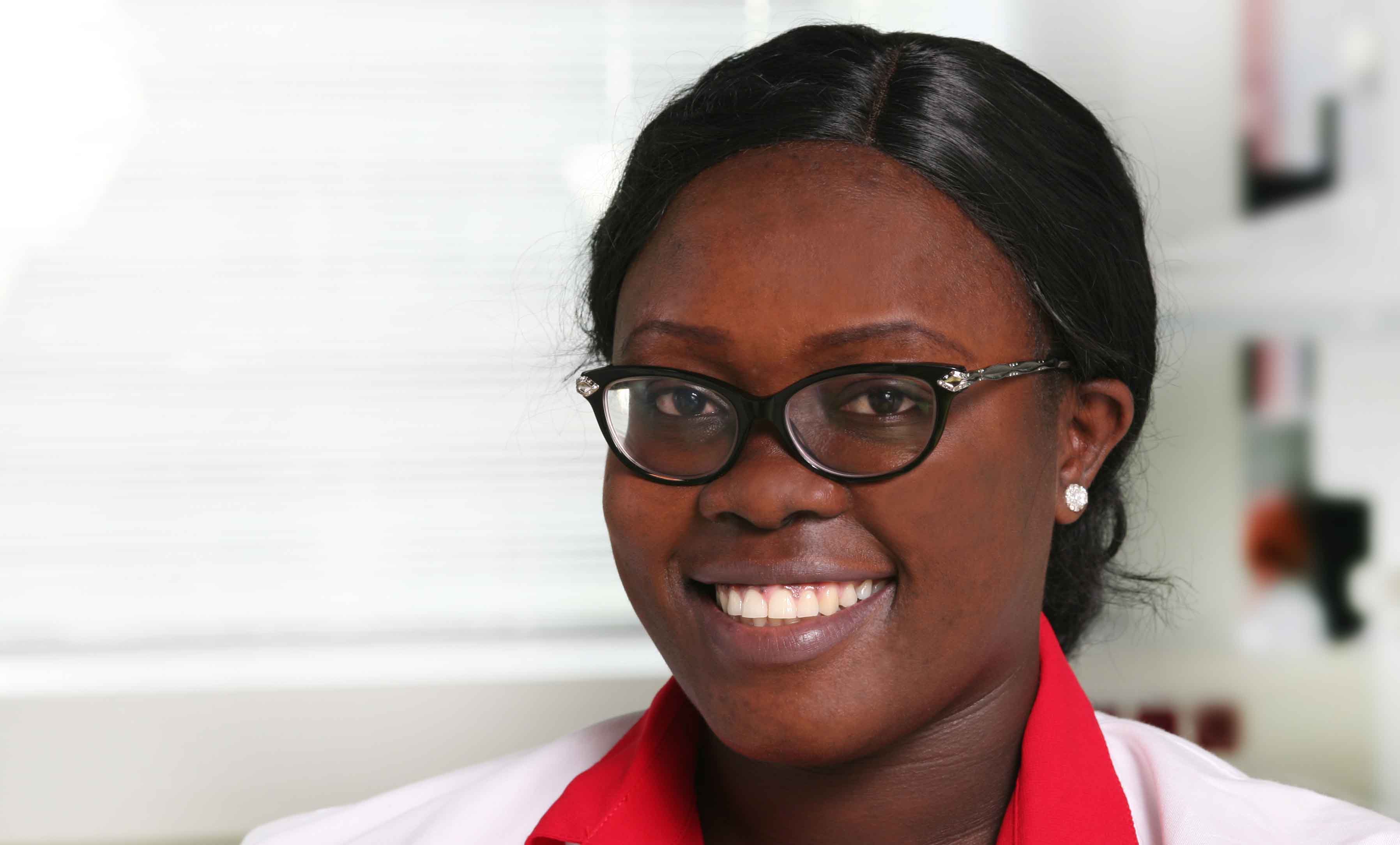During fungal infection of the lung, there are two major immune responses: these include phagocytosis by resident macrophages and non-oxidative killing of conidia. This renders healthy individuals relatively resistant to invasive fungal disease. However, when it comes to immunocompromised hosts, colonization by opportunistic respiratory fungi is promoted due to lack of immune cells thus making treatment and management of fungal infections challenging. Aspergillus fumigatus is the most prevalent pathogenic fungus affecting both upper and lower respiratory tracts. Therefore, understanding the mechanisms by which the pathogen interacts with the host is essential. For several decades, the use of corticosteroids for the management of autoimmune diseases has been a lifesaving treatment. In 2016 at least 50 % of solid-organ transplant patients worldwide took 5-10 mg of glucocorticoids per day. The drugs are applied in the treatment of inflammatory / autoimmune pathologies and during organ transplantation as immune suppressants. There have been several reports alleging that high-dose corticosteroid treatment is a major predisposing factor for the acquisition and severity of invasive Aspergillosis. Therefore, it is necessary to delineate the mechanisms of action of corticosteroids and fungal infections in detail within the host in order to improve diagnostic and therapeutic approaches. During the project period we plan to study immune cell characteristics in the presence of corticosteroids during fungal exposure and elucidate the specific role that these drugs play when it comes to fungal colonization, management of disease burden and cell functions. A 3D lung cell model will be employed to simulate a condition similar to the in vivo setting. Functions of diverse immune cells (monocytes, alveolar macrophages, dendritic cells and neutrophils) will be evaluated based on their immunomodulatory capabilities within the 3D system.

about
faculty members
students
dates
publications
application
news
innsbruck
contact






